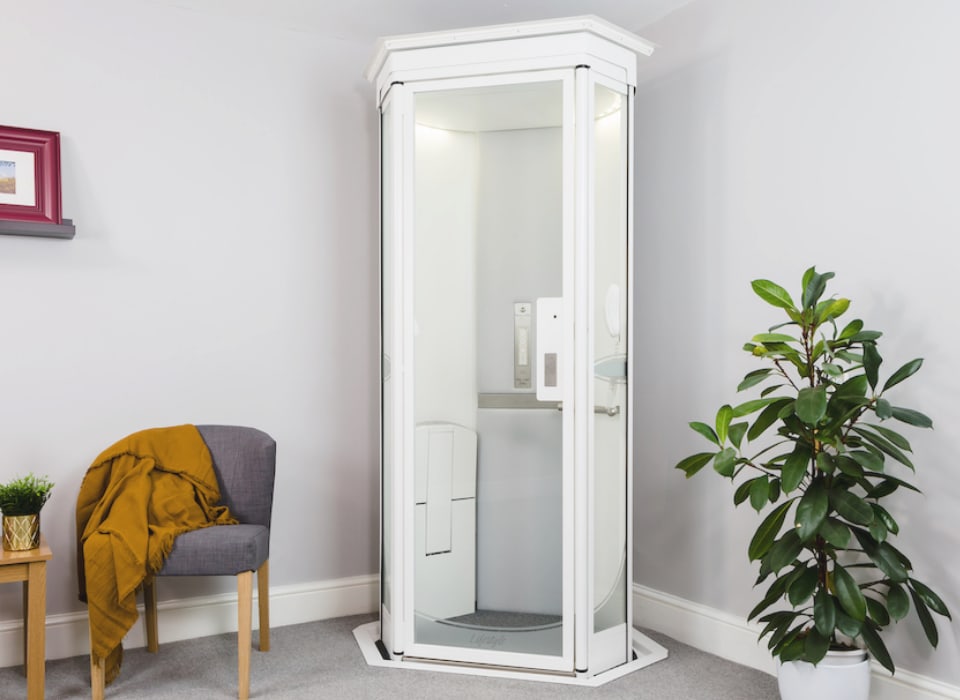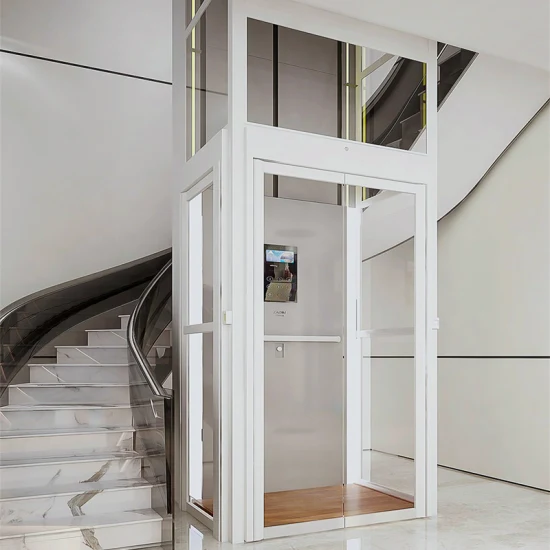Leading Lift Companies in London: Offering Quality Installations and Maintenance
Leading Lift Companies in London: Offering Quality Installations and Maintenance
Blog Article
Exploring the World of Elevators: Common Concerns Encountered by Different Lift Devices
As we browse via the upright transportation systems of modern buildings, lifts stand out as an indispensable component of our day-to-day lives. From hydraulic elevators to grip systems and machine-room-less designs, each lift type comes with its collection of typical problems.
Hydraulic Elevators
Hydraulic elevators, frequently liked for low-rise buildings, utilize fluid pressure to manage the movement of the elevator vehicle (lift repair companies). This system includes a hydraulic pump pressing oil right into a cyndrical tube, triggering the lift to relocate in the wanted instructions. While hydraulic lifts are recognized for their quiet and smooth procedure, they do feature their very own set of typical problems
One prevalent trouble with hydraulic lifts is oil leakage. Additionally, problems with the control system, such as damaged shutoffs or a malfunctioning pump, can trigger disruptions in the lift's activity.
Routine maintenance and timely repair work are necessary to guarantee the smooth functioning of hydraulic lifts. By attending to these typical issues proactively, building proprietors can lessen downtime and make sure the safety and performance of their vertical transportation system.
Traction Lifts
When thinking about vertical transport systems in buildings, an additional typical kind other than hydraulic lifts is the traction lift. Traction lifts operate making use of a system of ropes and counterweights that move the elevator auto by grasping onto the hoist ropes. This device enables smoother and faster vertical transport compared to hydraulic systems.
One of the common concerns dealt with by grip elevators is rope wear. The consistent movement of the ropes within the grip system can lead to tear and wear gradually, potentially triggering the lift to malfunction or end up being hazardous for usage. Regular assessments and upkeep of the ropes are essential to make certain the elevator's appropriate performance and safety.
One more concern that traction lifts might experience is connected to the control system. Problems with the control system can result in concerns such as irregular movement, delays in feedback times, and even total closures. Normal testing and maintenance of the control system are important to stop such concerns and ensure the elevator's dependability.
Machine-Room-Less (MRL) Lifts

One of the web crucial components of MRL lifts is the compact gearless grip device that is mounted within the hoistway. This maker successfully drives the lift vehicle without the demand for large tools found in typical traction elevators. Furthermore, MRL lifts commonly make use of a weight system to stabilize the cars and truck, more enhancing their power efficiency.
In spite of their benefits, MRL elevators might encounter challenges associated with upkeep and fixing due to the restricted area for devices setup. Availability for servicing parts within the shaft can be restricted, requiring specialized training for specialists. Appropriate upkeep timetables and routine examinations are crucial to guarantee the continued smooth operation of MRL elevators.
Overloading and Weight Limitation Issues
Overwhelming and weight limit issues are important concerns in elevator operations. Lift makers style lifts with specific weight abilities to guarantee passenger safety and security and tools durability.
When elevators are strained, it places excessive pressure on the motor, wires, and other elements, potentially creating breakdowns or break downs. If they discover excess weight, safety devices such as sensors and overload sensing units are in place to stop elevators from relocating. In addition, surpassing weight restrictions can result in raised energy intake and deterioration on the lift system.
To reduce overloading concerns, building supervisors should prominently present weight limits in lifts and enlighten passengers on the significance of sticking to these restrictions - lift repair companies. Routine upkeep checks by certified service technicians can also assist ensure check that elevators are running within secure weight parameters. By resolving overloading and weight limit problems proactively, structure proprietors can improve elevator security and effectiveness
Electric System Failings
Exceeding weight limitations in lifts can not just bring about mechanical concerns but likewise potentially add to electric system failings within the lift infrastructure. Electrical system failures are a critical worry in lift procedure, as they can create unanticipated closures, malfunctions, and even safety hazards. One usual electric concern is the getting too hot of parts as a result of excessive current flow brought on by overwhelming the elevator beyond its capability. This can cause harm to the circuitry, electric motor, or control systems, causing expensive repair services and downtime.
Routine maintenance and assessments are vital to identify useful source and resolve potential electric concerns quickly, making certain the risk-free and reliable procedure of lift systems. By adhering to weight restrictions and conducting routine electric system checks, structure owners can reduce the threat of electrical failures in lifts.
Verdict

Hydraulic elevators, usually chosen for low-rise structures, use fluid stress to control the motion of the lift automobile.When considering upright transport systems in buildings, one more usual type apart from hydraulic lifts is the traction lift. Grip elevators operate making use of a system of ropes and counterweights that move the lift car by grasping onto the hoist ropes. Unlike typical elevators that call for a separate maker area to house the devices, MRL lifts incorporate most of the elements within the shaft, removing the need for a devoted machine space.In verdict, lifts face typical concerns such as hydraulic malfunctions, grip system failures, and electrical system problems.
Report this page